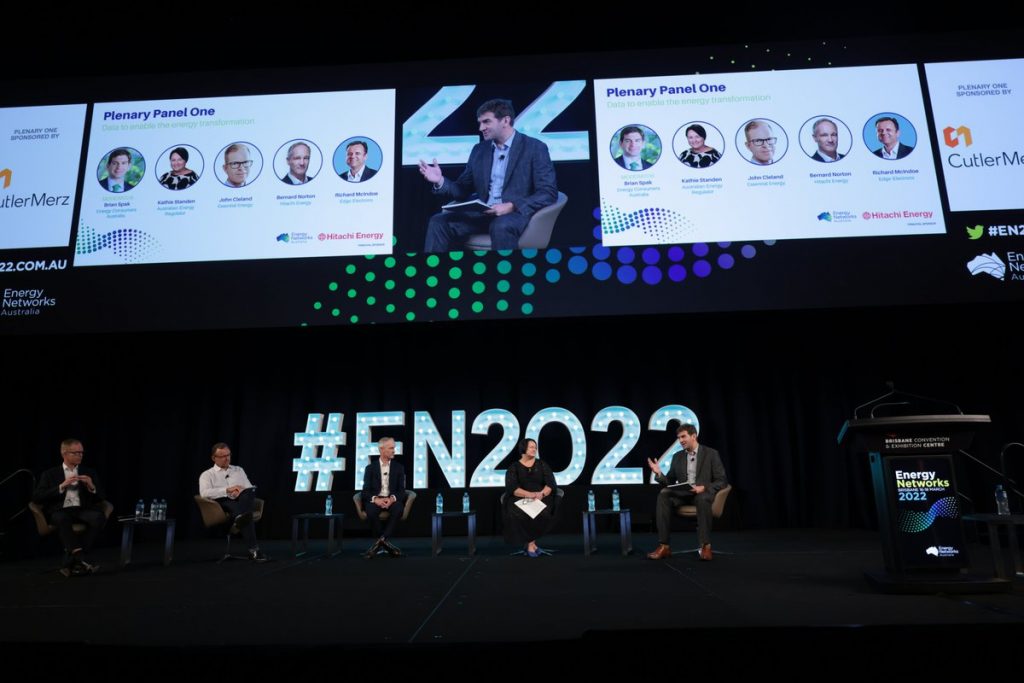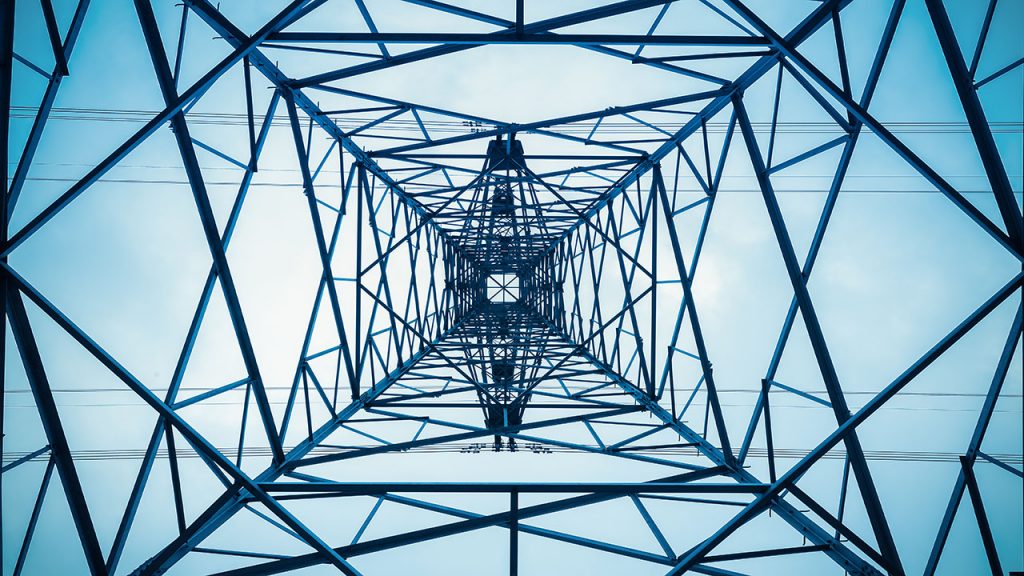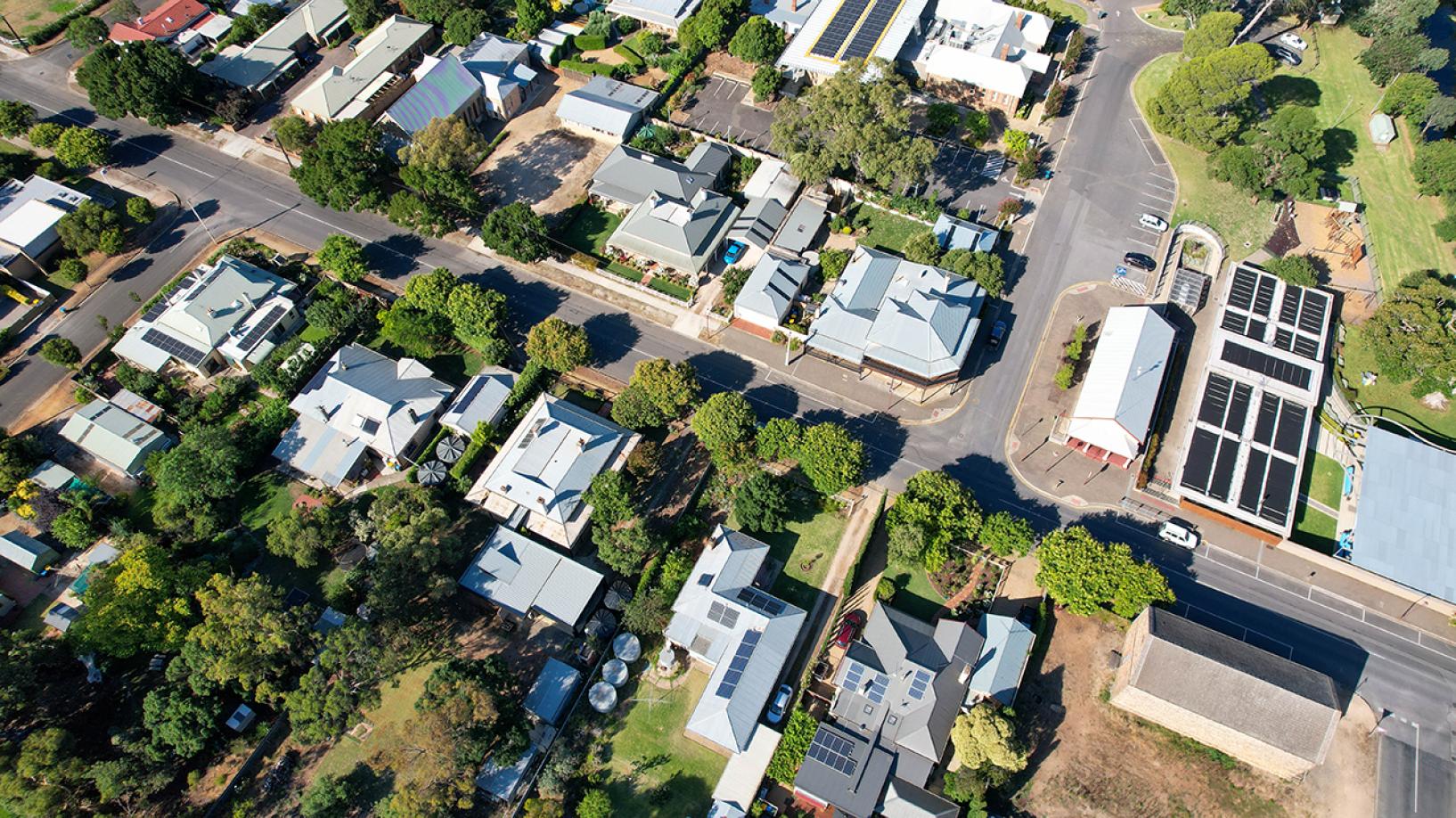If you would like to subscribe to the Energy Consumers Australia mailing list please click here.
From the CEO
Dear Readers,
It’s a principle so familiar in the energy system that it needs little explaining.
The further you are from the source of electricity generation the more loss there will be along the way, as heat escapes through transmission wires while electrons make their long journey. Or, to put it another way, when it comes to transferring energy… proximity matters.
Guess what? It’s the same with consumers.
Across recent weeks I’ve been lucky enough to see some inspiring presentations from peers and colleagues, across several different events including the Energy Networks 2022 conference. It has left me thinking a lot about proximity.

Getting closer to consumers
The current debates dominating our system are still very remote from consumer experience. We talk often about needing to place consumer needs and preferences at the centre of the energy transition but it is more than that. Those who are planning for the system, framing rules and driving change need to step towards consumers.
Operating at a distance is how we’ve always done it. We tell ourselves consumers don’t want or need to know about the intricacies of how the energy system works. Even if that is true, the obverse is not. The sector badly needs to know about the intricacies of how consumers live and want to live their lives.
One area in which physical and metaphorical distance overlap is the current focus on transmission investment. “No transition without transmission’’ has become the rallying cry. The argument is that increasing amounts of transmission infrastructure will be needed as more and more renewables enter the grid. There’s an element of truth to that but it’s a view of the challenges ahead that is nowhere near complex enough.
The better question might be how much transmission? And what else? The task shouldn’t be Napoleonic expansion, after all, it should be ‘right-sizing’ the grid so that it is fit-for purpose and delivers affordable, abundant and clean energy for everyone.
Concentrating on transmission as the answer to all problems necessarily focuses the attention at a remove from consumers. It is far from their homes, their rooves, driveways and local communities. It is big projects, connecting big assets with other big assets (and always with big price tags). The 25 million energy consumers in our system begin to feel Lilliputian by comparison.

And that's a problem
Regarding consumers from this vantage point is fraught with danger. Why? The more distant we are from their lives and needs the more likely it is that we will assume they are all the same. Or that we’ll honestly believe they will conform to some abstract persona or behaviour that just happens to suit what we want them to do.
And that will result in worse outcomes for consumers but also – I am utterly confident – in worse outcomes for system planners and shapers.
System planning and building at a remove suffers from the signal loss of consumer voices. When we don’t really see consumers – in all their sprawling messiness – we close our eyes to the detailed and granular information we’ll need to make the system smarter, more tailored and flexible, as well as more local and resilient. That’s the direction we need to be headed in. It’s a messier task, and potentially more difficult. But it will be well worth it when we get there.
There are many things we need to get right to deliver the future system consumers deserve. High on the list of tough questions is how can we harness, coordinate and integrate the millions of what we are now calling Consumer Energy Resources? (everything from hot-water systems, to home batteries, rooftop solar and EVs). Consumers are being asked to outlay huge sums of money for these appliances as part of the transition that’s underway. As ECA Board member Gavin Dufty recently noted, they are being asked to do so without the kind of guaranteed returns or certainty about the future landscape that we commonly are told is vital for those we more readily think of as ‘investors’.
Beyond questions of transmission, what networks and connections (both physical and metaphorical) are needed closer to home to allow communities to store, share, trade and sell electricity locally among themselves in a future system – dynamically sourcing demand when there is peak supply and vice versa?
We might just as passionately cry that there can be “no celebration without DER reimagination” or else “no solution without distribution”. The truth is these are all critical pieces of the puzzle, just as some investment in transmission will be.
Looking forward
This idea of proximity to consumers is not just our prescription for others, it will be a key task for our organisation throughout 2022 and beyond. We’ll be looking for new and inventive ways to have more dialogue with more Australians. This is because we recognise that the debates and decisions taking place right now have huge capacity to open up new possibilities but also to impose new limitations on everyday Australians and that too many of those who will be impacted have been denied the opportunity to understand why change is happening and to shape the direction and trajectory of that change.
You can see some of this thinking in recent work we’ve released, including our submission to the AER on the draft Export Tariff Guidelines and our Submission to the Energy Security Board’s Interoperability Policy consultation paper.
It also underpins our contribution to the Outcomes Report of ARENA’s Dynamic Operating Envelopes Workstream, where we sought to examine the necessary conditions for introduction of such a tool by mapping different consumer journeys, informed by what consumers need and are looking for at each stage of the process of installing, operating and managing rooftop solar.
Our goal with all of this work has been to ensure that industry voices and decision makers maintain a strong focus on securing social licence from consumers and designing mechanisms that meet their needs and preferences. To put it more succinctly... stepping closer to consumers and their experiences.
Our inclusion agenda
Closer proximity to consumers also enables you to better see and grapple with the full diversity of consumer experiences around energy. You can see that focus – on a fair and inclusive energy system for all – in other work we’ve been engaged in recently.
We’ve published a Submission on the AER’s Draft Vulnerability Strategy as well as our Submission to the Monash Energy Institute on the Just Transition in Australia Report. Our own Lis Ross has mined the always-rich data from our Energy Consumer Sentiment Survey to create a bECAuse Blog about a key paradox in our understanding of vulnerable consumers.
As we open another round of Grants Funding there’s some new guidance from our Grants Team about the big questions and areas where we’d like to see more applications for funding. And in line with our determination to help surface and explore consumer voices throughout this year we are relaunching the ‘share your story’ section of our website.
As always we appreciate your feedback and inputs to our work and strategic direction. Feel free to email us here.
Lynne Gallagher
Chief Executive Officer
